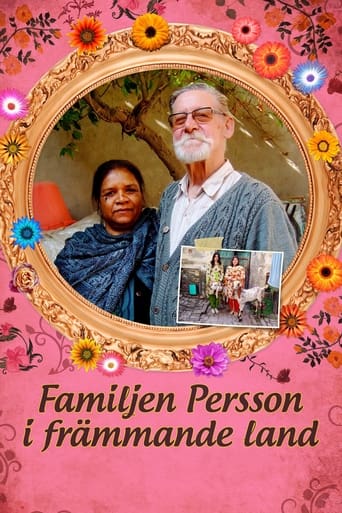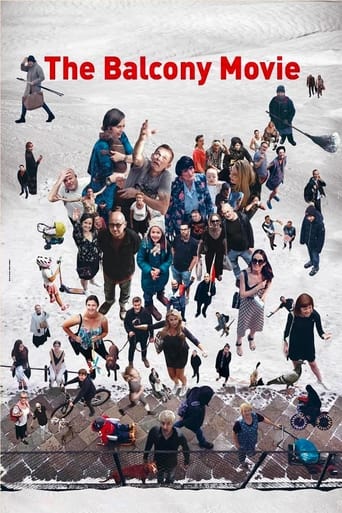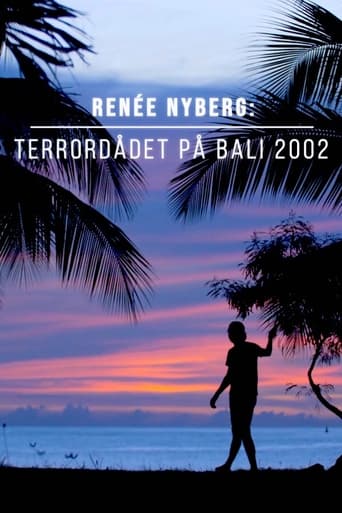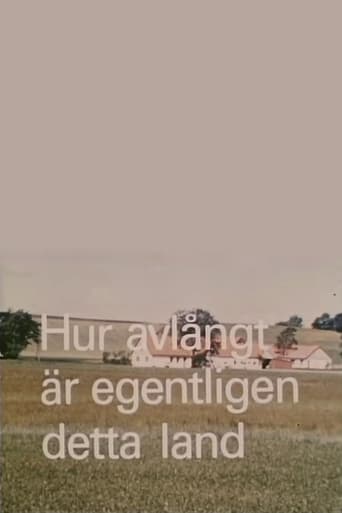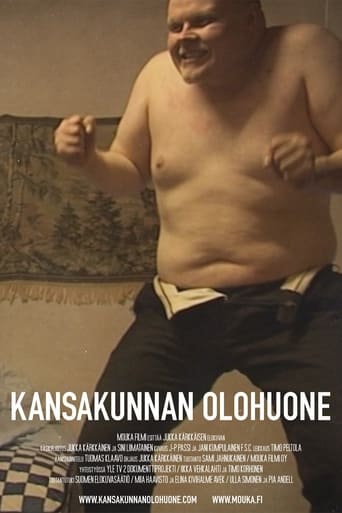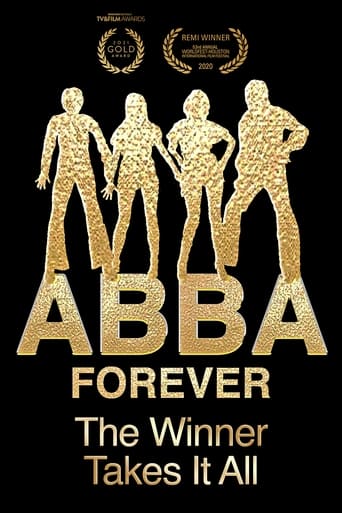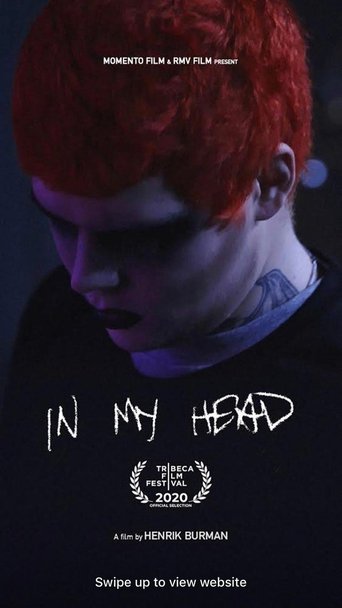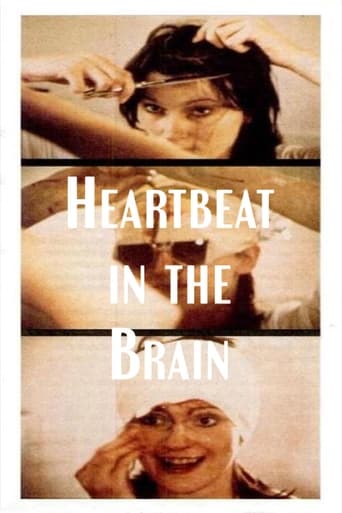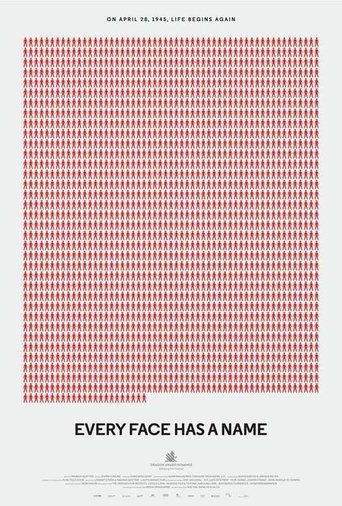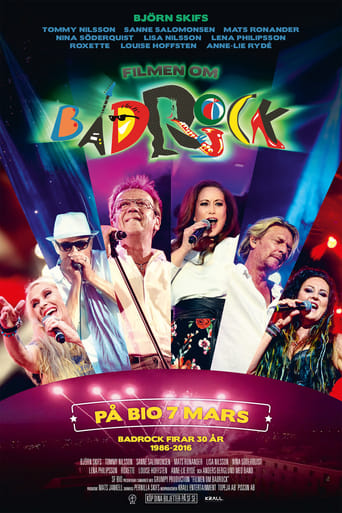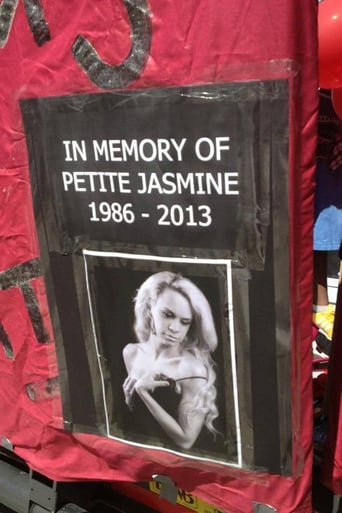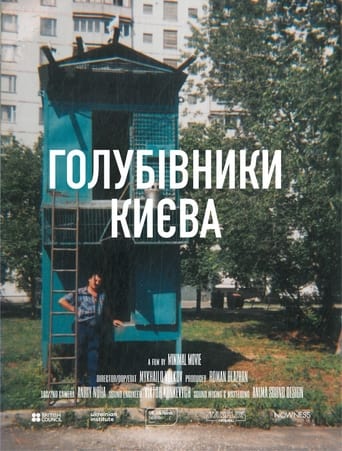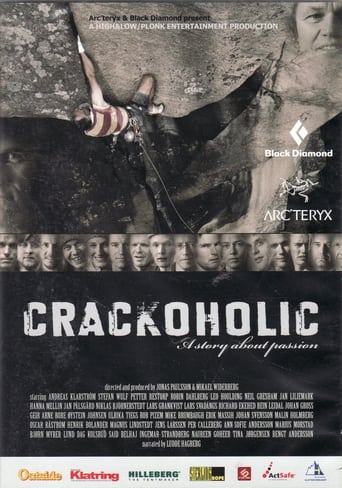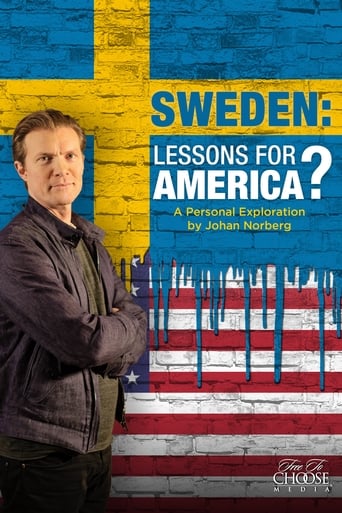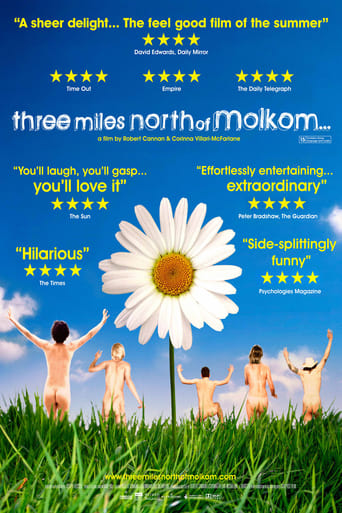
Three Miles North of Molkom
Three miles north of Molkom, hidden deep in the lakeside forests of Sweden, lies Angsbacka; a 21st Century playground for adults. Once a year, their gates open to a thousand international participants, placed in 'Sharing Groups' at random. A Swedish celebrity, a Californian hippy, a Finnish grandmother and a back-packing Australian rugby coach, who stumbled on the wrong party, are amongst the group that take us on an unforgettably quirky, two-week emotional roller-coaster. Firewalking, Shamanism, Tantric Sex and myriad other physical, psychological and esoteric experiences, guide our unlikely heroes towards enlightenment, love, loathing and themselves. Will they ever be the same again?
